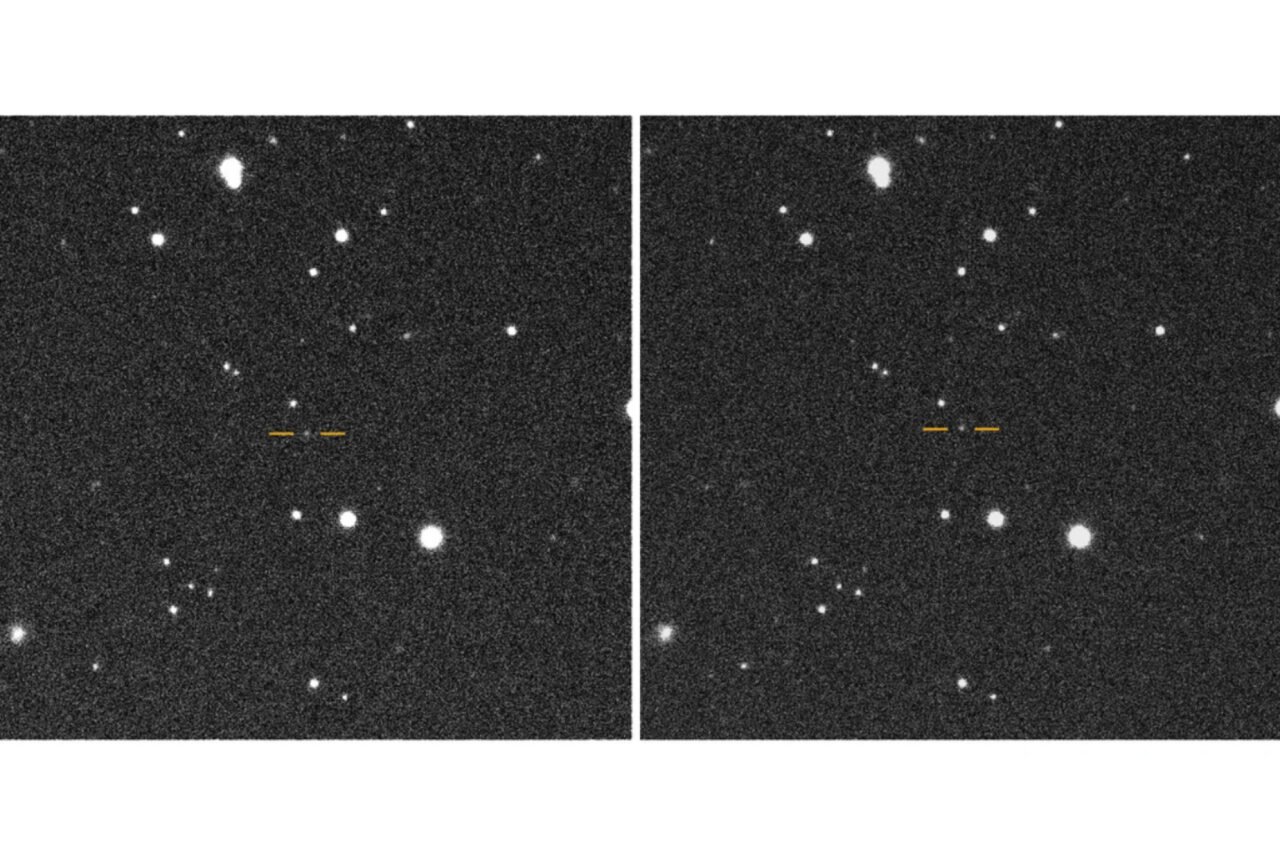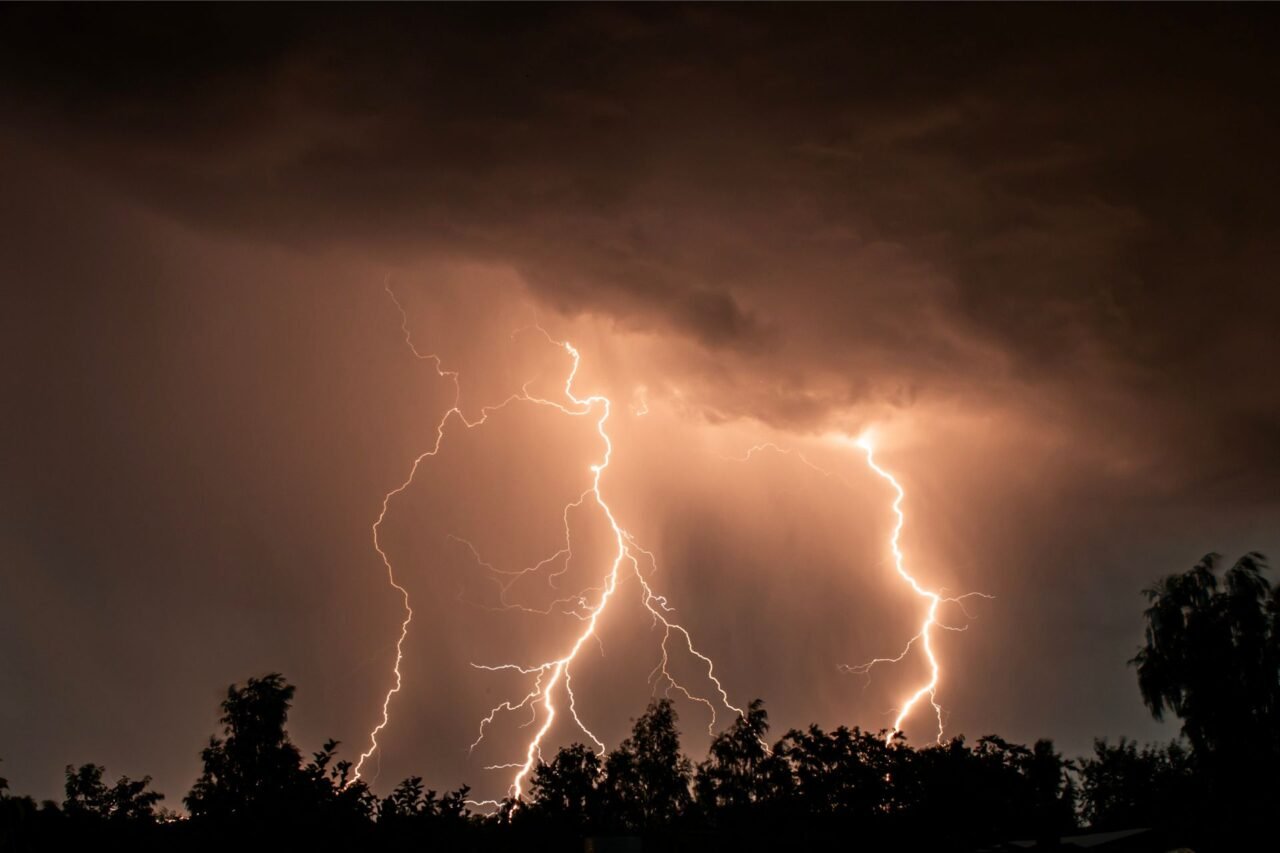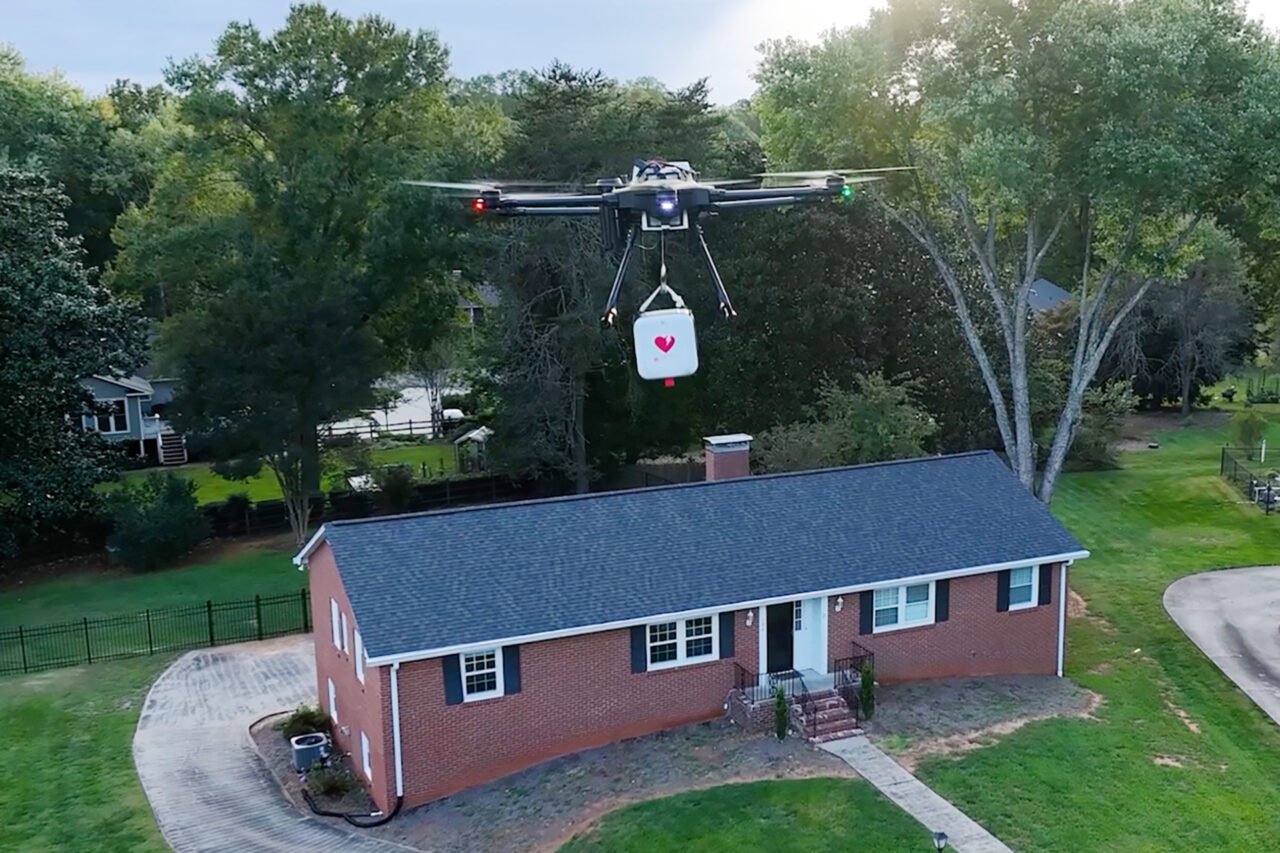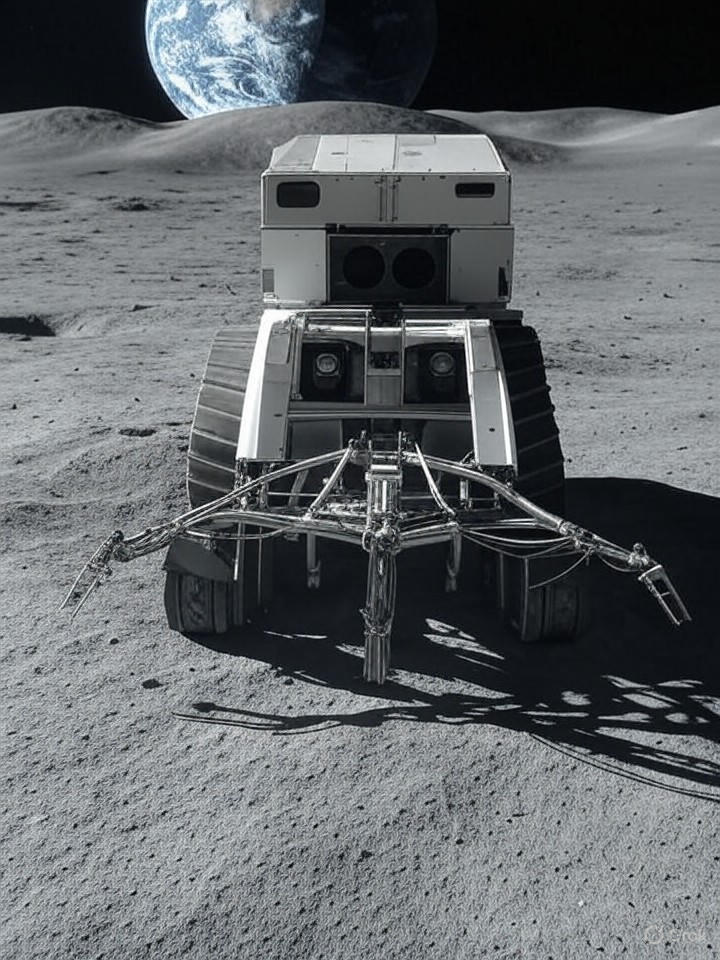A newly discovered asteroid, designated 2025 SC79, has been identified hiding close to the Sun, raising concerns about a significant blind spot for astronomers. This asteroid, which orbits the Sun in just 128 days, is the second-fastest asteroid ever recorded. The observations were made by Scott Sheppard from Carnegie Science, utilizing the Blanco 4-meter Telescope’s Dark Energy Camera in September.
The presence of 2025 SC79, which measures approximately 2,300 feet (around 700 metersEmpire State Building. The asteroid is classified as a “planet killer” due to its potential impact threat, a category that Sheppard has been actively researching.
Challenges of Detecting Twilight Asteroids
According to Sheppard, “The most dangerous asteroids are the most difficult to detect.” Many asteroids become visible to telescopes only at night, making it easier to monitor their paths. In contrast, asteroids like 2025 SC79, which are positioned near the Sun, can only be seen during twilight. This presents unique challenges for astronomers who are dedicated to identifying potential threats.
Sheppard cautioned that without proper detection, these twilight asteroids could pose serious risks if they approach Earth. Given that most asteroids are tracked well in advance, the inability to spot those near the Sun is a vulnerability that requires attention.
Despite the inherent difficulties in locating these celestial bodies, Sheppard remains optimistic. He expressed hope that continued observations of 2025 SC79 will yield valuable insights about its composition and may aid in the discovery of similar asteroids in the future.
Understanding the Solar System’s Asteroids
Many of the Solar System’s asteroids typically reside in one of two main belts of space rocks. However, perturbations can push some asteroids into orbits that bring them closer to the Sun, making them harder to detect. Sheppard emphasized that understanding the pathways of these asteroids is essential for planetary protection.
By studying these trajectories, scientists can gather information that may help prevent future impacts and enhance our understanding of the Solar System’s history. As research progresses, the importance of identifying these hidden threats will become increasingly vital in safeguarding Earth from potential asteroid hazards.







